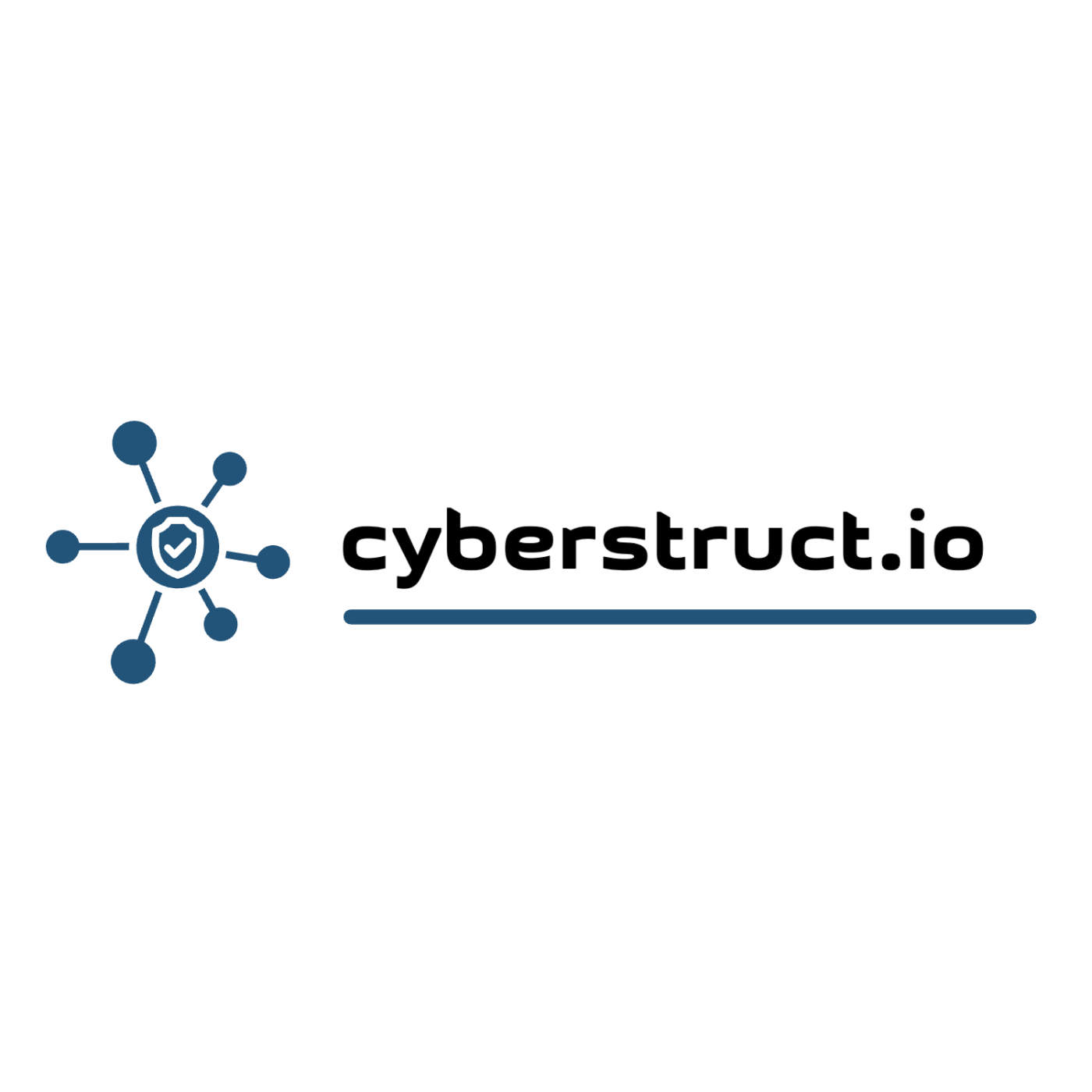102 reads
The Critical Role of Data Backup Security in Ransomware Defense
by
November 3rd, 2023
Audio Presented by

cyberstruct.io is an online cloud-based cyber range that simulates real-world cyber attack/defence scenarios.
Story's Credibility





About Author
cyberstruct.io is an online cloud-based cyber range that simulates real-world cyber attack/defence scenarios.
